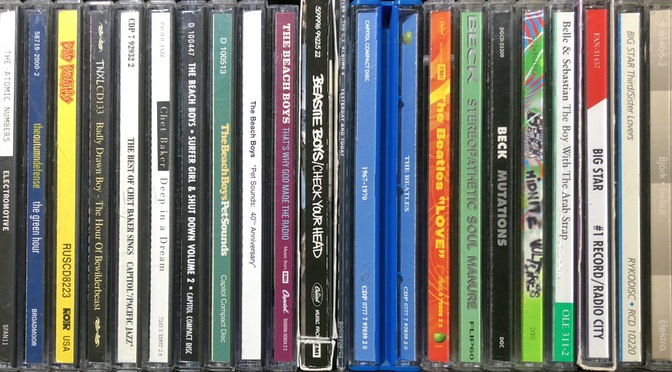Here we are living through social distancing. Living through a period when we interact with people, primarily, unless those people are part of a small group we are confident of, via Zoom or Teams or from behind a mask, ideally six or more feet away. Masks and sweatpants have become increasingly important to people, the former because of the need to go out and the latter because somehow the “office” is something that is only evident from the waist up.
And when we have to encounter surfaces, there is a frantic look around for some means by which the object is sanitized or our hands are. Or both.
If we need stuff—like, say, food—then it isn’t a matter of just going down the street to the local bodega or hopping in the car and buzzing over to the supermarket. It is something that is carefully planned and executed. And while time has dulled the edge of the potential virus, there is still some hesitation regarding whether the objects should be brought in to the kitchen right away or whether those cans, boxes and bags should be permitted to settle for a period of time.
The material has become suspect.
2
But it wasn’t COVID-19 that had the effect on the music industry in the U.S. that is unfolding. It seems that people have decided that when it comes to music, most are not particularly interested in any sort of ownership. The transient is sufficient. And when the numbers for 2020 are calculated, odds are that what occurred in 2019 will be nothing if not magnified.
In a report from the Recording Industry Association of America for overall economics of 2019, the trade group found “Total revenues from streaming music grew 19.9% to $8.8 billion in 2019, accounting for 79.5% of all recorded music revenues.”
And more telling: “The streaming market alone in 2019 was larger than the entire U.S. recorded market just 2 years ago in 2017.”
The biggest chunk of the monies in 2019 streaming were for subscription services, accounting for $6.8 billion. That in itself is 61% of total recorded music revenues.
Continue reading The End of Ownership: Material Gives Way to the Ephemeral









